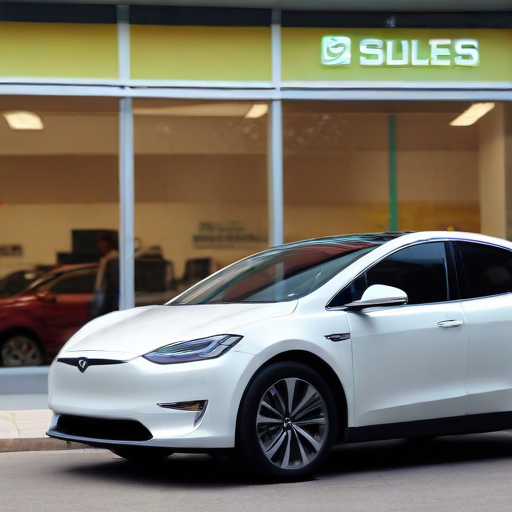General Motors is setting new financial benchmarks for 2024 after surpassing Wall Street projections in its second-quarter earnings report. The Detroit-based automaker adjusted its anticipated adjusted earnings for the year to a range of $13 billion to $15 billion, an increase from the previous forecast of $12.5 billion to $14.5 billion. Additionally, GM raised its expectations for operating cash flow and earnings per share. However, net income attributable to shareholders was slightly decreased to between $10 billion and $11.4 billion, adjusted down by less than 1%.
For the second quarter alone, GM reported revenues of $47.9 billion, which marks a more than 7% increase year-over-year, exceeding analysts’ expectations of $45 billion. The earnings per share came in at $3.06, surpassing the anticipated $2.71 and demonstrating a remarkable growth of 60% compared to 2023. Net income rose by 14% to $2.9 billion, up from $2.5 billion in the same quarter last year.
Following the positive earnings report, GM’s stock surged nearly 5% in pre-market trading, contributing to a significant overall increase of over 37% for the year. After markets closed on Monday, GM also declared a cash dividend for the third quarter, bolstering investor confidence.
In her letter to shareholders, CEO Mary Barra highlighted the company’s strong performance in gas-powered trucks and SUVs, while announcing plans to launch eight new or redesigned models across various sizes in North America. Barra emphasized the company’s commitment to disciplined growth in production for the electric Chevrolet Equinox, stating that while GM is enthusiastic about its electric vehicle (EV) initiatives, the company is focused on “building to demand” amidst a noted slowdown in the EV market.
Importantly, Barra acknowledged that GM would not achieve its target of producing 1 million electric vehicles in North America by the end of 2025 due to the market’s current conditions, although EV sales did witness growth last quarter.
Furthermore, Barra revealed that GM’s self-driving division, Cruise, would discontinue its Origin vehicle following prior operational setbacks, choosing instead to utilize the next-generation Chevrolet Bolt for vehicle testing in Texas and Arizona. This shift is expected to lower production costs and optimize resource management, as the unusual design of the Origin raised concerns before regulators.
Lastly, GM is working on restructuring its joint venture with SAIC Motor in China, where it has experienced financial losses; the company reported a $104 million loss for the second quarter. It was noted that production was cut by 70% in June, leading to a 50% decrease in vehicle deliveries compared to the previous year.
This news reflects GM’s adaptability and resilience amid evolving market conditions, showcasing its focus on both traditional and electric vehicle segments as they navigate the path forward. The ongoing commitment to innovation, while managing challenges, illustrates a strategic vision geared toward long-term growth and maintaining leadership in the automotive sector. Moving forward, there is optimism surrounding GM’s endeavors in technology and sustainability as the industry transitions toward electric and autonomous vehicles.
